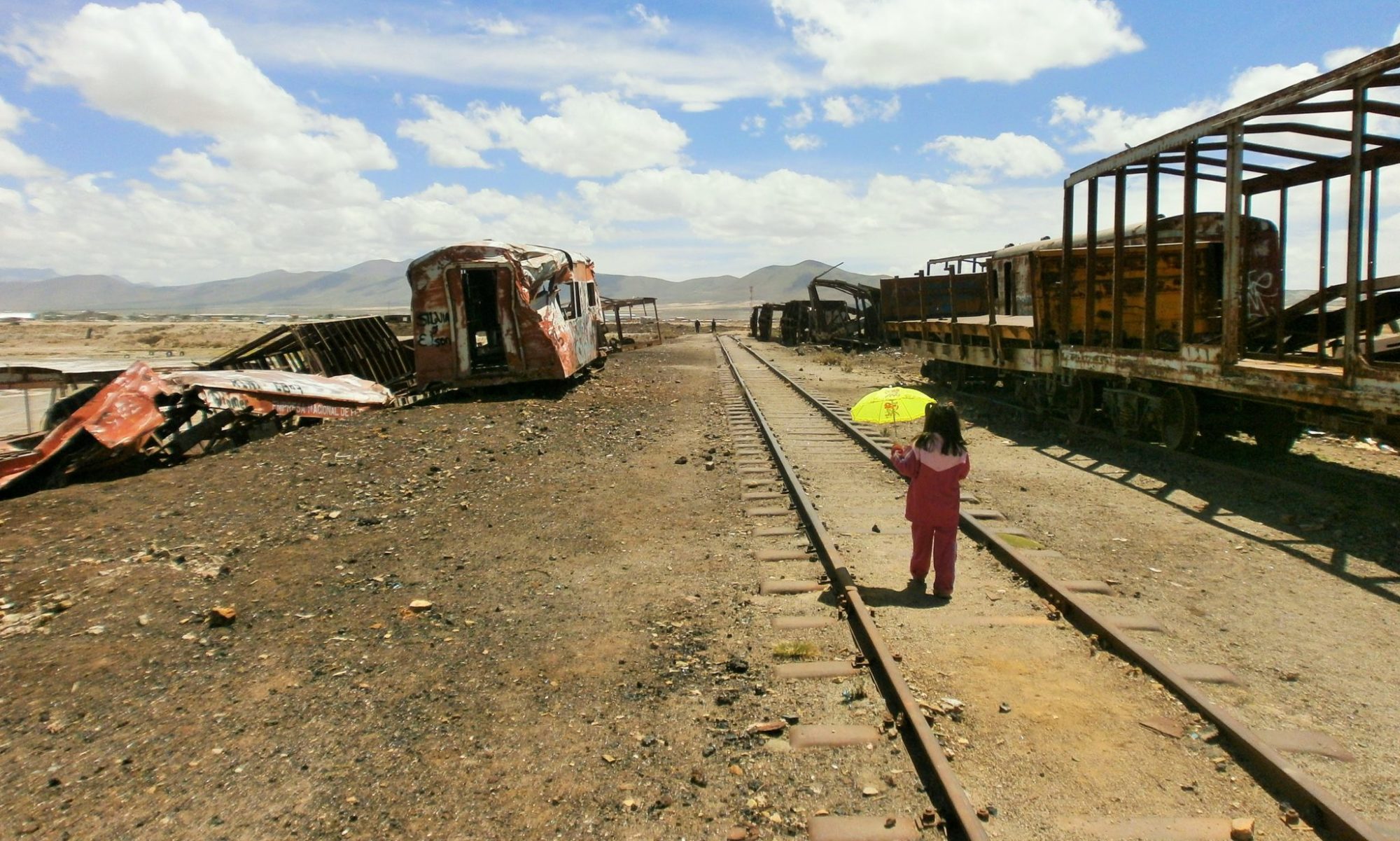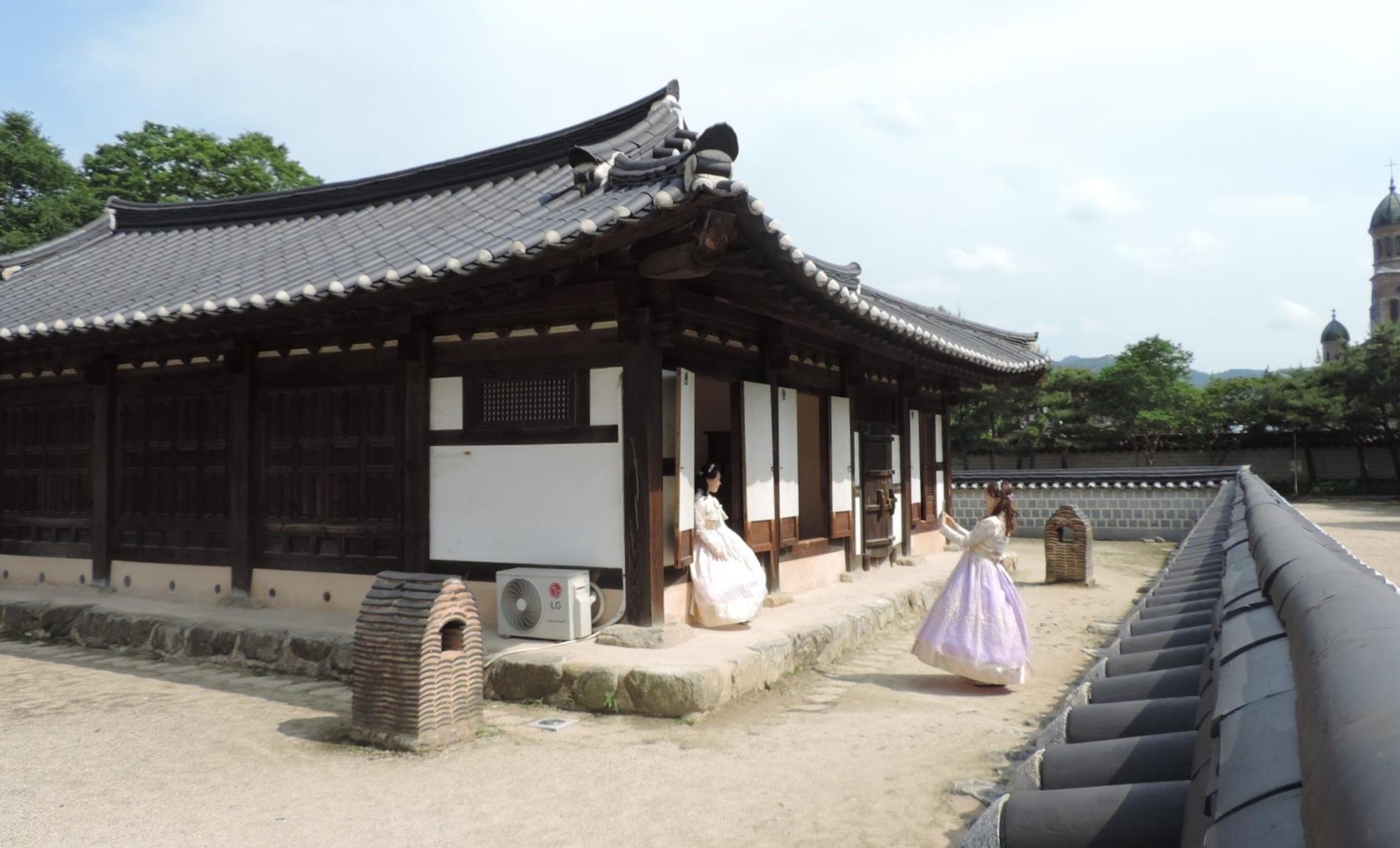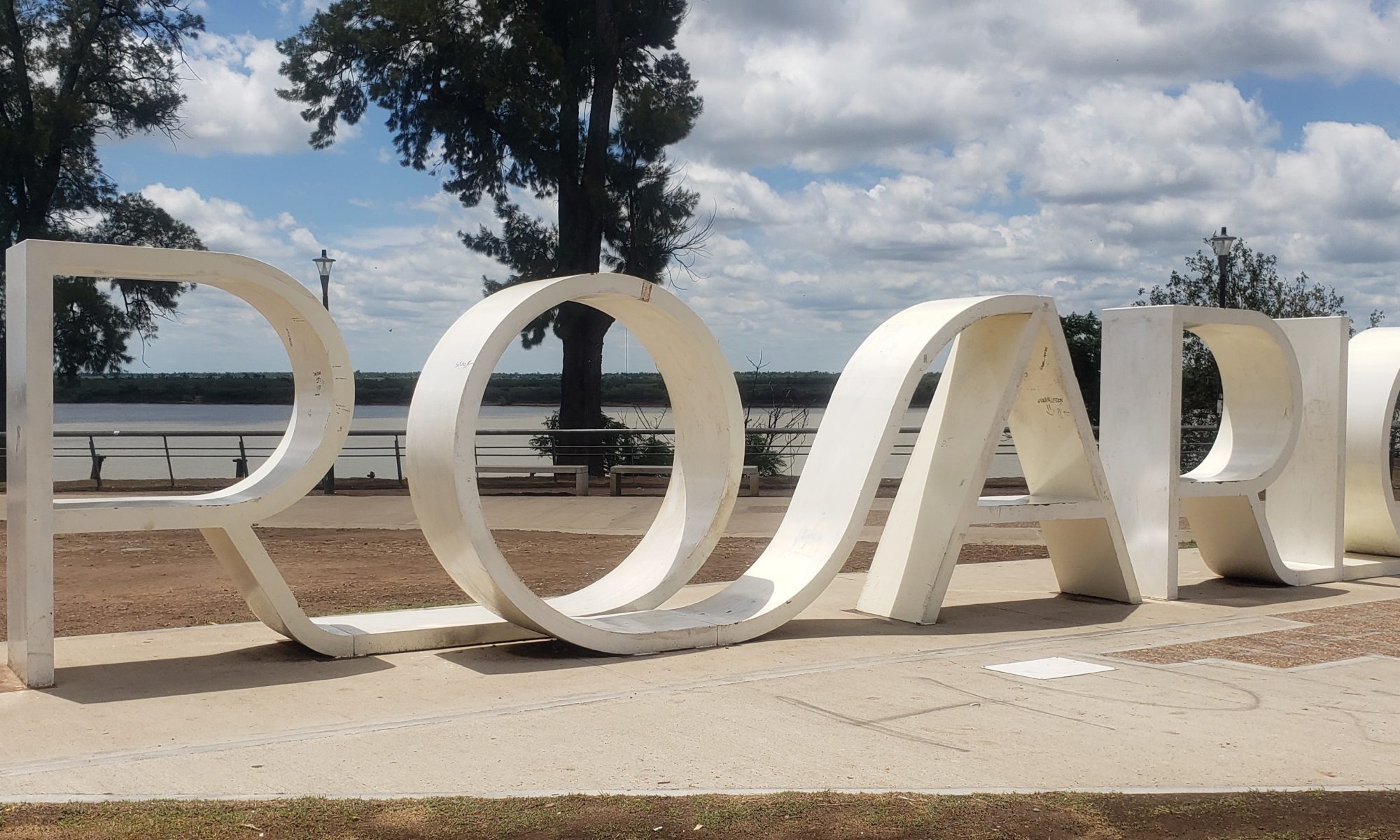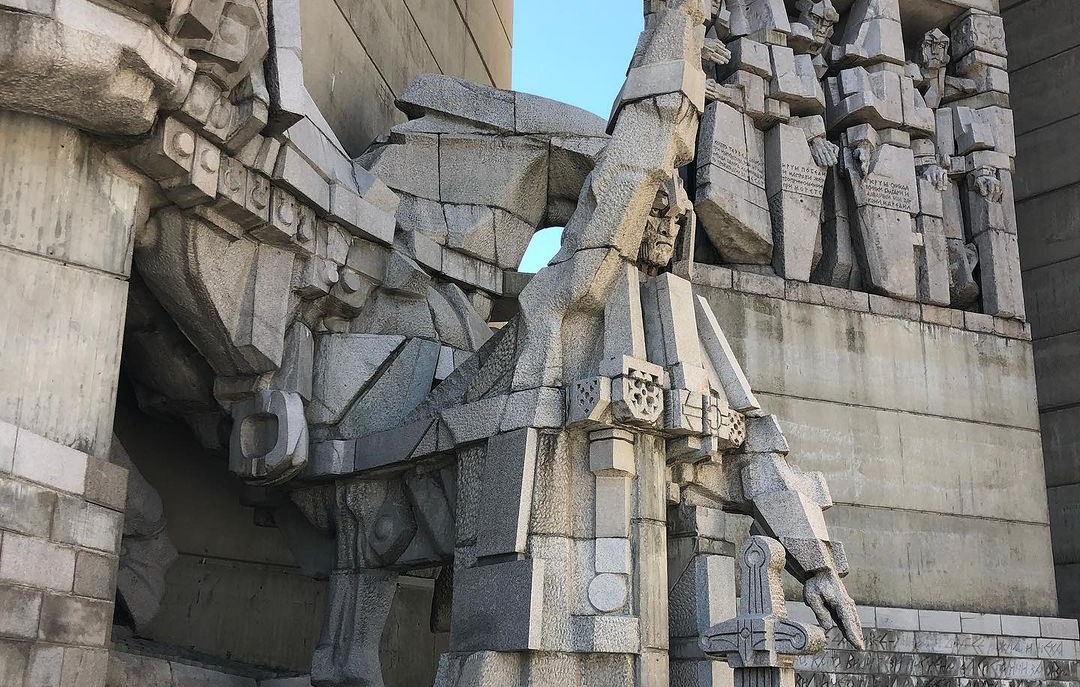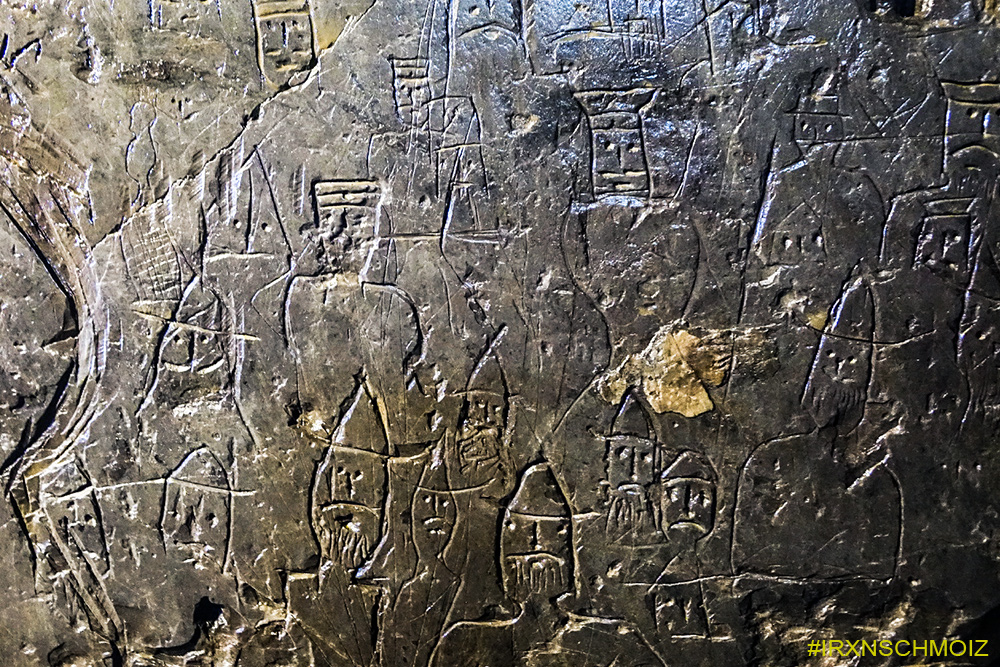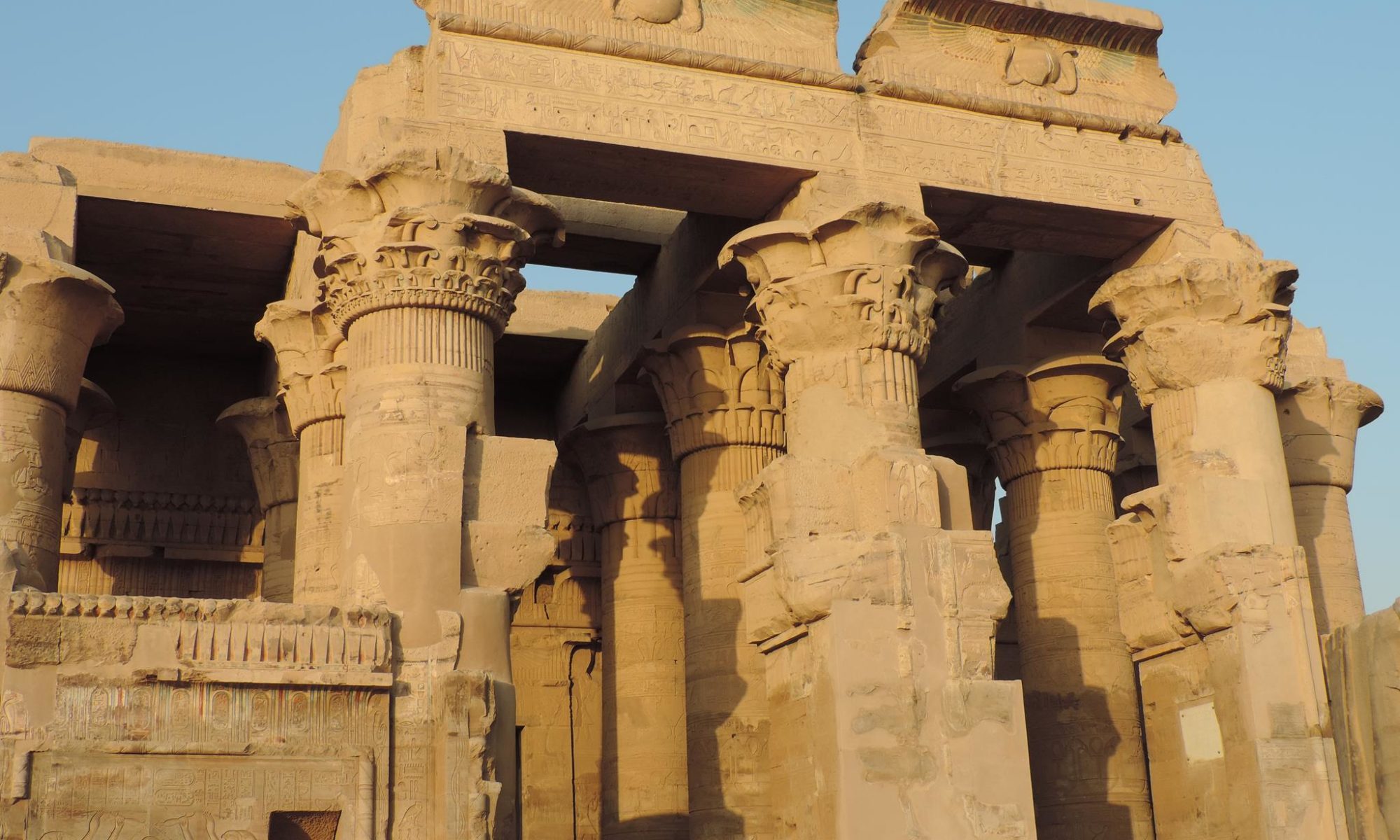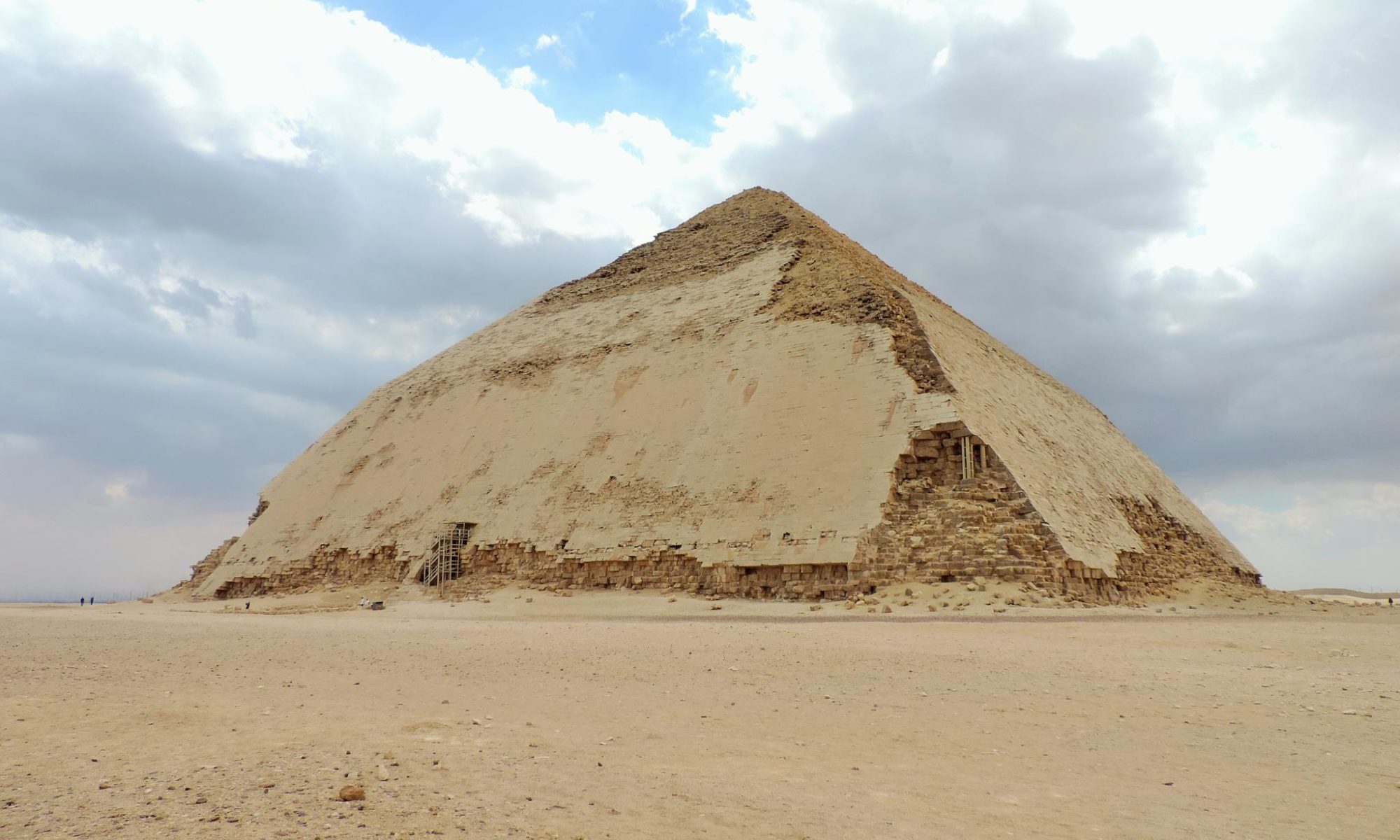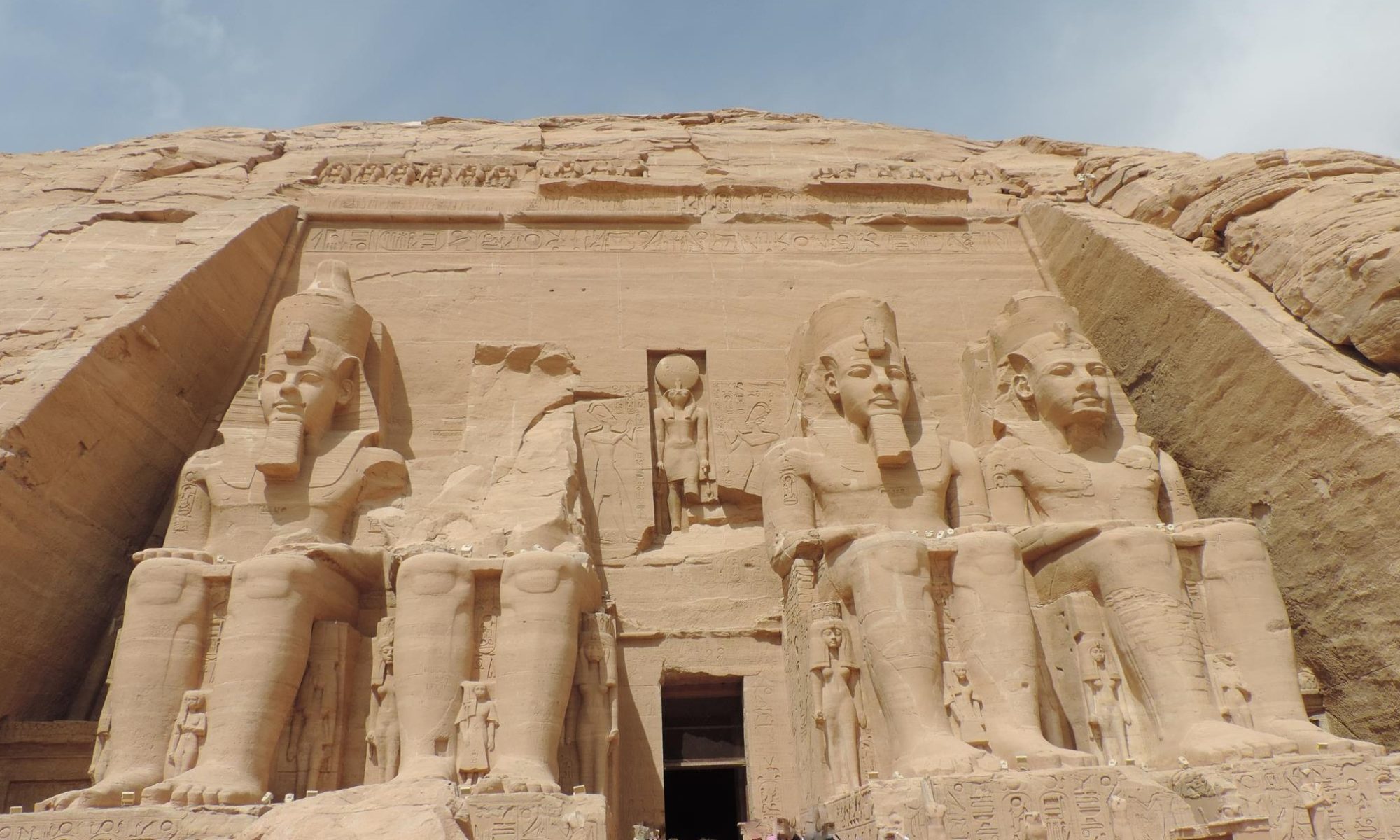Jeonju Hanok Village is the largest Hanok Village in Korea, with about 700 Hanok buildings around Pungnam-dong. „Hanok“ is a traditional Korean house. The cultural site is the only Hanok complex in a downtown area in the whole country. The development history started in 1910, holding important cultural heritage including Gyeonggijeon shrine, Omokdae, and the Confucian School Hanggyo. About 20 other cultural facilities are dispersed in every corner of the Hanok Village. It’s a famous tourist site in Korea where all kinds of traditional Korean culture are showcased, including food, paper, songs, costumes and oriental medicine.
>>> READ MORE
